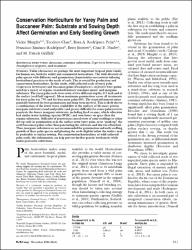/admin/item?itemID=7df761f3-5d05-49e4-bc3a-fb2b9760127b
Conservation horticulture for yarey palm and buccaneer palm : substrate and sowing depth affect germination and early seedling growth

View/
Type of Access
OpenMaterial Type
ArticleType of Content
Scientific researchSubject
Biodiversidad - República DominicanaFlora ─ República Dominicana
Hábitats y especies
Botánica
Language
EnglishCollection
- Investigación ambiental [1759]
Metadata
Show full item record| Abstract: | Palms (Arecaceae) are perhaps the most important tropical plant family for human use, both for utility and ornamental horticulture. The wide diversity of palm species with different seed germination characteristics necessitates tailoring horticultural practices to the needs of each. This is crucial for production and conservation horticulture. In this study, wild-collected seeds of yarey palm (Copernicia berteroana) and buccaneer palm (Pseudophoenix sargentii) were germinated in a variety of organic (standard nursery container mixes) and inorganic substrates. The yarey palm seeds were sown at two different depths, 0.5 inch and at the surface (seed half exposed). Mean maximum germination across all treatments for yarey palm was 79% and for buccaneer palm 60%. The standard nursery mixes generally fostered the best germination and long-term survival. This is likely due to a combination of the lower water availability at the surfaces of the more porous inorganic substrates (sand and perlite) and greater difficulty for coarse palm roots to penetrate the denser inorganic substrates, including fired ceramic, which otherwise had similar water-holding capacity (WHC) and even lower air space than the organic substrates. Difficulty of penetration caused roots of some seedlings to either dry up early in germination as in the surface sown yarey palm, or to “push up” the seed (buccaneer palm) rather than penetrating the substrate and this was often fatal. Thus, inorganic substrates are not recommended for germination and early seedling growth of these palm species and planting the seeds slightly below the surface may be preferable to surface sowing. For conservation horticulture of wild-collected palm seeds, this information can help prevent further genetic bottlenecks while under protective cultivation. |
| Author(s): | Murphy, Vickie
Clase, Teodoro Rodríguez-Peña, Rosa A. Jiménez-Rodríguez, Francisco Jestrow, Brett Husby, Chad E. Griffith, M. Patrick |
| Date: | 2016 |
| Published: | HortTechnology, 26(6), 811-815 |
| Citation: | Murphy, V., Clase, T., Rodríguez-Peña, R. A., Jiménez-Rodríguez, F., Jestrow, B., Husby, C. E., & Griffith, M. P. (2016). Conservation horticulture for yarey palm and buccaneer palm: substrate and sowing depth affect germination and early seedling growth. HortTechnology, 26(6), 811-815. Recuperado de: |
| URI: | https://bvearmb.do/handle/123456789/4804
|

